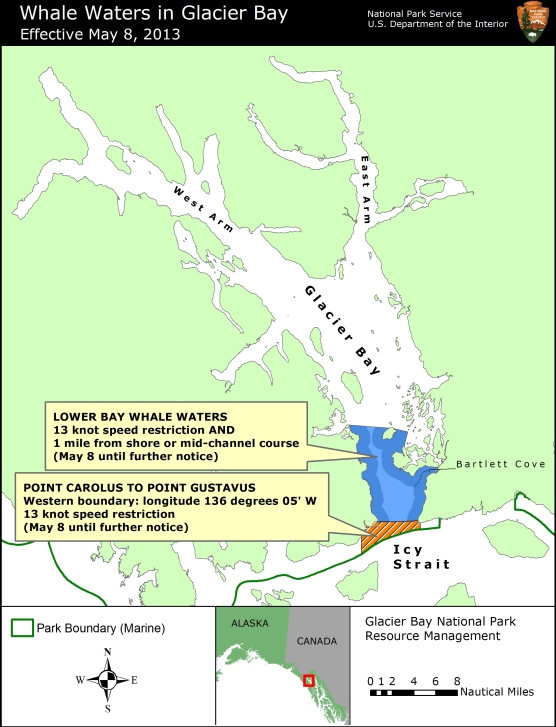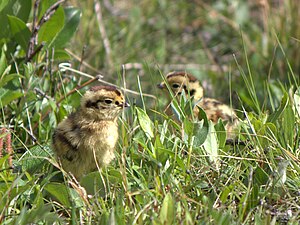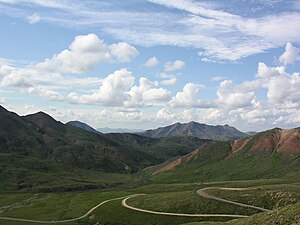 My family relocated to SE Alaska from the Midwest in 1975. My dad was an attorney, fresh out of law school and my mom and the rest of us were in tow, helping him live out his childhood dream of living in Alaska. The future realities for my dad were grim, but none of us knew that as we packed up a 1940's era Brockway truck, I think a predecessor to Mack trucks. I am not really sure how everyone else in my family felt about things. I was conflicted between the excitement of going to a place that for a Midwesterner in 1975 seemed like stepping into a Jack London novel and sadness about leaving what I knew.
My family relocated to SE Alaska from the Midwest in 1975. My dad was an attorney, fresh out of law school and my mom and the rest of us were in tow, helping him live out his childhood dream of living in Alaska. The future realities for my dad were grim, but none of us knew that as we packed up a 1940's era Brockway truck, I think a predecessor to Mack trucks. I am not really sure how everyone else in my family felt about things. I was conflicted between the excitement of going to a place that for a Midwesterner in 1975 seemed like stepping into a Jack London novel and sadness about leaving what I knew.Since we were leaving in January, our journey involved taking a southern route - Oklahoma, Texas, New Mexico, Arizona, California, Oregon, and then into Washington where we would put our truck, car, and completely out of place tri-hull runabout lake boat on a ferry in Seattle where we would ride for four days through the famous Inside Passage - eventually to Sitka. There were lots of adventures along the way for us, but those are stories for a different time. The picture of the truck at the bottom is very close to ours, but not exactly identical. One nice detail that our truck had was hitching poles for horses attached to both front fenders. The last I knew, our truck was still parked near the ferry terminal in Sitka at the Sitka Sportsmen's property. If any part of it remains, it is most certainly rusted beyond recognition.
 An old friend posted today a photo from Facebook of the currently first place salmon from the Sitka Salmon Derby, a 55 lb 5 oz. beauty that has a real chance to take the big prize. It got me thinking about the role that fishing and the outdoors played in my formative years in Sitka.
An old friend posted today a photo from Facebook of the currently first place salmon from the Sitka Salmon Derby, a 55 lb 5 oz. beauty that has a real chance to take the big prize. It got me thinking about the role that fishing and the outdoors played in my formative years in Sitka.I was awfully lonely, and found ways to enjoy my time without many friends from the very beginning in Sitka. I had always loved to fish, and it was a great way to spend my time in a healthy way, something I soon discovered many Sitka teens did not do often. It was a rough place, and though I am now and was then a big guy for my age, I learned quickly that you had to literally fight your way to acceptance. My first day at school, my math teacher stepped out of the room for a moment. It was just enough time for Jeff M. (a future high school basketball teammate, and at least as long as I knew him one of the most despicable humans in existence), to greet me with a solid sucker punch in the face. Yes, fishing and the outdoors was my escape.
I surely did not know much about how to fish there, but by trial, error, and observation, I learned a few things. I also spent a lot of time fishing from the docks at the three harbors that were there at the time, and met some characters. Some of them would take me out to jig for halibut, which I discovered was my personal favorite way to fish. It also connected me to gaining some knowledge of commercial fishing, which came in handy later in life.
As time went by, despite a nature that was and is averse to fighting, I managed to do what was needed to convince enough people that it really wasn't prudent to go down that path with me. Acouple of years after my Alaskan arrival, I saved Spencer B. from a caveman that was slamming his head on the pavement. That caveman is now in prison for a murder he committed years later. Spencer was in Hollywood the last I knew.
As I grew taller, I discovered another outdoor passion that in SE Alaska has the potential to make you a big fish in a small pond. I spent hour after hour playing basketball on a court adjacent to Crescent Harbor in Sitka. I was probably more content to just practice by myself for hour after hour in the cold or rain or both. During those rare times when the sun came out, the courts would fill with guys for pickup games. Over the years, I went from being the last one picked to one of the two guys you had to put on separate teams. One day I realized that I was not the outsider with no friends anymore, but in truth, I had developed a lot of comfort in the idea of either being alone, or only having a couple of close friends.
During the Summers throughout high school and college, I had the incredible good fortune to work on a number of the "power trollers" that fish SE Alaska and harvest the very best quality salmon available in the world. I worked for some great guys and some not so great guys. Truthfully though, in those days, the guys I didn't like were actually just hardnosed taskmasters. By then my parents had split, and my Mom had remarried the greatest guy I have ever known. But I had experienced a pretty rocky and violent adolescent period with my Dad, and I was not great at putting up with a male authoritarian.
One of those guys was Vince Cameron, a skipper out of Washington. We spent the majority of the Summer fishing the waters just south of Yakutat off Lituya Bay. He had a very seaworthy steel hulled boat that I recall was about a 50 footer. The outer bank of the Fairweather Grounds is quite a haul from the safety of Lituya Bay, and Vince believed the best fishing was when the weather got rough. There were several times where we pushed things to the limit of what his boat could handle, and once, barely made it back during a storm where some of the smaller and less seaworthy boats did not return. At least that is how I remember it.
Lituya Bay and the Fairweather Grounds are a magical place. Lituya Bay was devastated by a tsunami after I believe the 1964 Alaska earthquake that devastated Anchorage and destroyed Valdez. There were no trees for hundreds of feet up the deep fjord-like bay. When we'd be holed up there during storms, we would put out shrimp pots and gorge ourselves on the bounty of the sea, drink like sailors (we were I guess), and tie up next to our fishing friends and tell stories for hours.
When the days on the Fairweather grounds were clear, and the winds blowing from the west, Mt. Fairweather would show herself, and her beauty remains firmly in my memory to this day. Trolling for salmon is 90 percent waiting, and on those clear days, meditating on that mountain's majesty was a truly religious experience.
The truth is, I never caught a salmon on rod and reel until years later when I lived in the Copper River Country of Interior Alaska. That never occurred to me until years later when I started telling my Alaska stories to my own kids.
Fishing in SE Alaska was a huge part of my growth to becoming a reasonably well adjusted adult. I'd like to believe there are a few adventures in my future.














